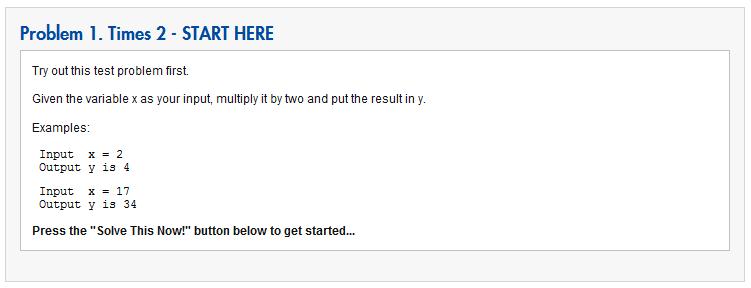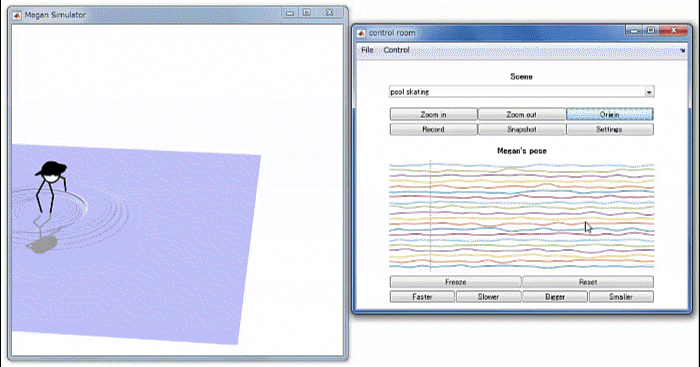Packing Santa’s Sleigh
Contents
Problem Statement
Participants received the $x$-, $y$-, and $z$-dimensions of an ordered list of one million presents. To solve the problem, they were required to pack the presents onto a 1000 x 1000 sleigh, minimizing the total height of the sleigh and keeping the presents as close to the original order as possible. Presents could be rotated as long as they remained parallel to the $x$-, $y$-, and $z$-axes. (You might recognize this as a holiday version of the three-dimensional bin packing problem.)Evaluation Criteria
The solutions were judged on the compactness of packing (minimized height) and present order (delta from original order). The actual evaluation metric $M$ was calculated by $M = 2 \cdot max_{i}(z_{i}) + \sigma(\Gamma)$, where $z_{i}$ = $z$-coordinate of the $i$th present, $\sigma(\Gamma) = \sum_{i=1}^{N_{p}} |i-\Gamma_{i}|$, $\Gamma$ = order the presents appear, and $\Gamma_{i}$ = the Present ID in the $i$th position. The ideal present order is $\Gamma_{ideal} = 1,2,3,\dots,N_{p}$, so that $\sigma(\Gamma_{ideal}) = 0$, where $N_p$ is the total number of presents.Winning MATLAB Solution
A naïve solution might be to simply pack the presents in reverse order from the bottom to the top. Each layer would have a height $H$, the next layer would start at that height, and the process would be repeated until all of the presents are in the sleigh. This would optimize the present order, but leaves much room to reduce the height of the sleigh. Alfonso's solution implements a similar layer-based approach, but he adds a creative twist to how individual layers are defined: He divided the presents in each layer into two sets based on their heights, $H_{1}$ (Set 1) and $H_{2}$ (Set 2). His algorithm keeps the original order of the presents by packing from the bottom up and reverses the solution at the end. Figure 1 shows a naïve layering approach (on the left) and a generalization of Alfonso's solution (on the right). After the first layer, each layer starts partially occupied by presents from the layer below it. The process for each layer looks like this:
After the first layer, each layer starts partially occupied by presents from the layer below it. The process for each layer looks like this:
- Select random $H_{1}$ and $H_{2}$ values, where $H_{2}$ was constrained to be greater than or equal to $H_{1}$, and $H_{1}$ was constrained to be greater than or equal to $H_{2}$ - $H_{1}$ from the previous layer.
- Partition the presents into Set 1 and Set 2. Presents with all sides greater than H1 are put in Set 2. Of the remaining presents, ones that would fit at or below the maximum height are separated into the two sets based on the set for which they minimize the wasted volume $^1$.
- Estimate the expected volume density $^2$, assuming a given surface density $^3$, based on the partitions of the presents. If the expected volume density is above the current best solution, implement a 2-d solver to place the presents in the layer. If successfully converged, adaptively increase the surface density value; otherwise, decrease the value.
- This process is repeated until there are no longer any combinations of $H_{1}$ and $H_{2}$ that result in a higher volume density.
Congratulations to Alfonso, the other competition winners, and all 362 competing teams!
Want To Try?
Visit the competition Data page to download the data and sample MATLAB code to get you started. Good luck! Give it a try and let us know about your solution here or leave a comment for Alfonso! Published with MATLAB® R2014a- Category:
- Picks
 Cleve’s Corner: Cleve Moler on Mathematics and Computing
Cleve’s Corner: Cleve Moler on Mathematics and Computing The MATLAB Blog
The MATLAB Blog Guy on Simulink
Guy on Simulink MATLAB Community
MATLAB Community Artificial Intelligence
Artificial Intelligence Developer Zone
Developer Zone Stuart’s MATLAB Videos
Stuart’s MATLAB Videos Behind the Headlines
Behind the Headlines File Exchange Pick of the Week
File Exchange Pick of the Week Hans on IoT
Hans on IoT Student Lounge
Student Lounge MATLAB ユーザーコミュニティー
MATLAB ユーザーコミュニティー Startups, Accelerators, & Entrepreneurs
Startups, Accelerators, & Entrepreneurs Autonomous Systems
Autonomous Systems Quantitative Finance
Quantitative Finance MATLAB Graphics and App Building
MATLAB Graphics and App Building








Comments
To leave a comment, please click here to sign in to your MathWorks Account or create a new one.